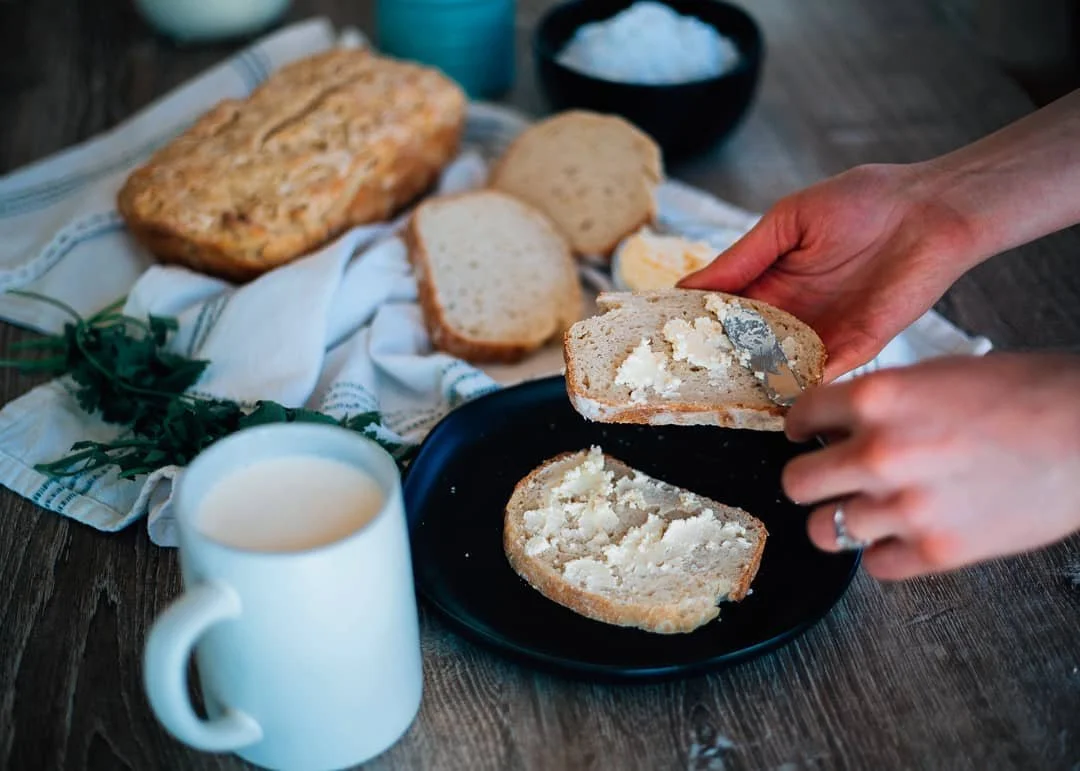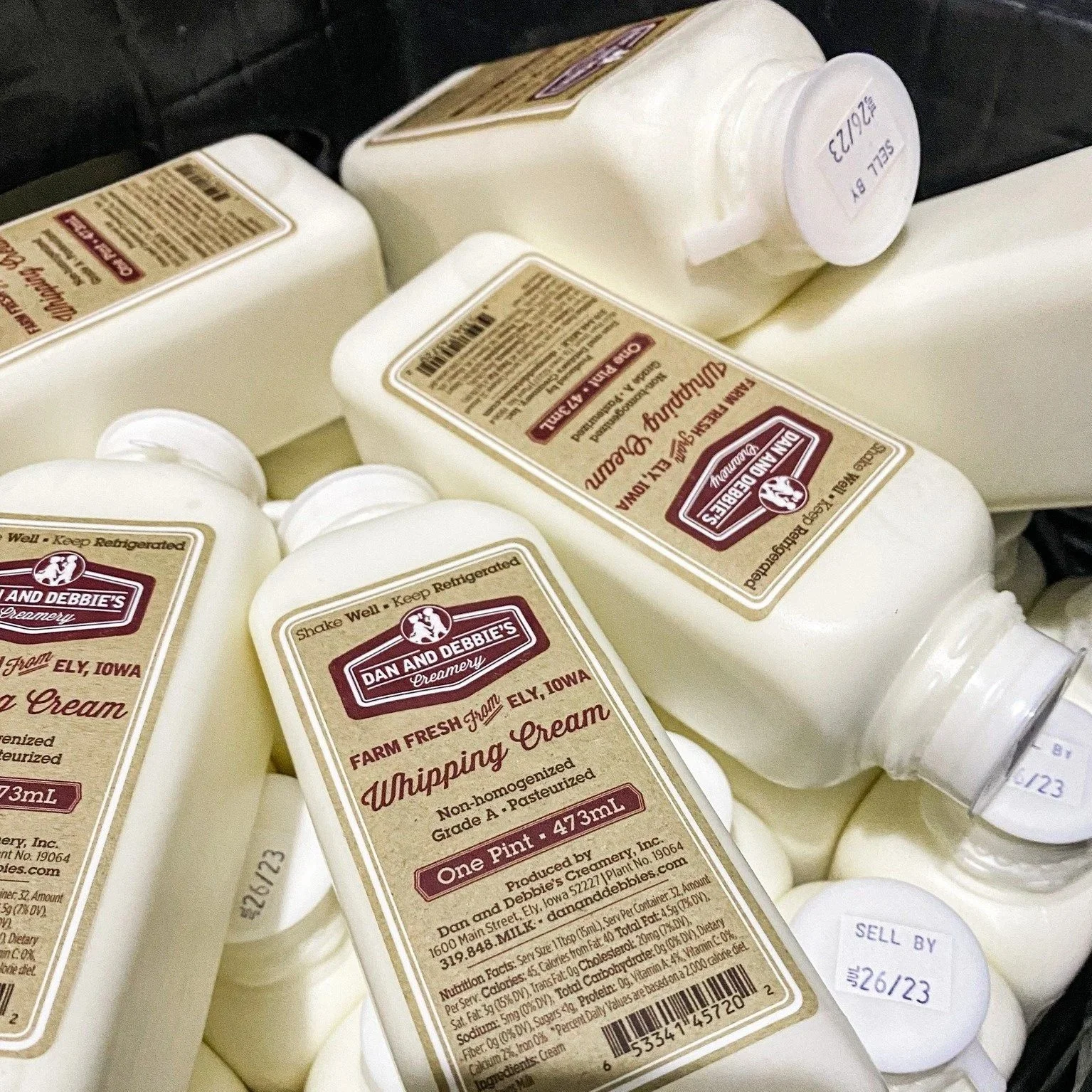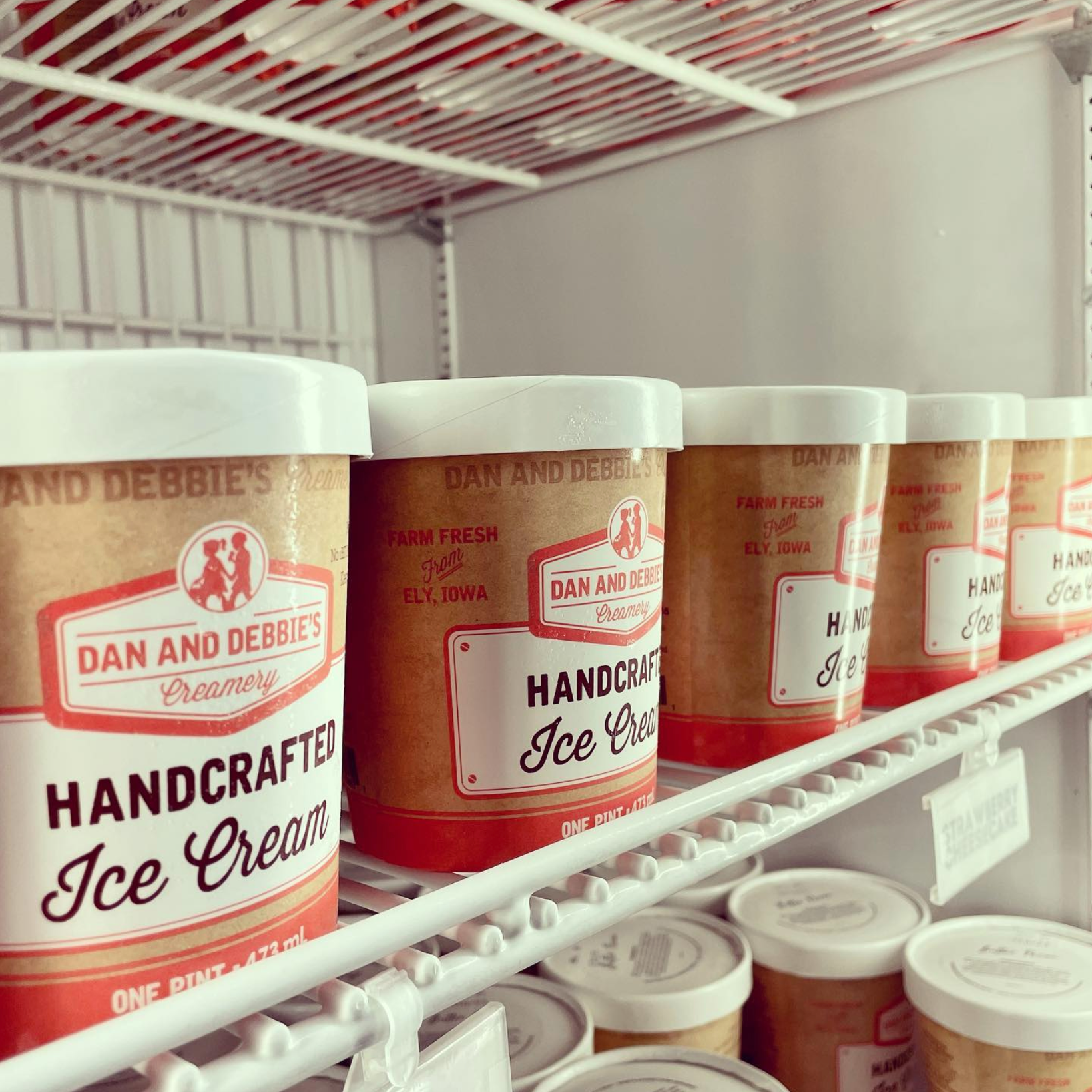Expand Your Shopping Cart and Make More Money
Independent Farmers are rewriting the playbook when it comes to direct-to-consumer Farming. By skipping the middleman and selling directly to customers, Farms can build stronger relationships with their community and keep more of every dollar they earn.
If you want to grow sales and keep customers coming back, there is one proven strategy: expand your shopping cart to capture a larger share of your buyers' monthly food budget.
That is the lesson from Dan and Debbie’s Creamery in Iowa, shared by Josie Rozum on the Independent Farmer Podcast. Josie’s family Farm has transformed from a single-product dairy into a full-service local food market. They did it by partnering with other Farms and marketing those products strategically alongside their core offerings.
Dan & Debbie’s Creamery offers a clear blueprint for how any Farmer can expand offerings, increase average order size, and create a one-stop shop for customers.
Why Expanding the Farm Cart Boosts Sales
When Dan and Debbie’s Creamery opened, they sold only their core dairy products: bottled milk, cheese, butter, and ice cream.
Josie quickly realized that it was difficult to get customers to drive to the store just for one item like a gallon of milk. Shoppers want convenience. They want to check multiple items off their grocery list in one stop.
By offering complementary Farm products such as honey to go with butter or jam to pair with cheese, the Creamery created a fuller shopping experience. Over time, their Farm became a destination for local food shopping.
The results:
Buyers spend more per visit.
Partner Farms gain an outlet for their products.
The Creamery builds its reputation as a trusted brand for local food.
How to Choose Farm Partners
When sourcing potential products, Josie followed one guiding principle: keep it local. Every product had to come from Iowa, preferably another small Farm or artisan producer.
Key criteria included:
Authenticity: Products made by Farmers from start to finish.
Quality: Foods that matched the Creamery’s high standards.
Complementary items: Products that naturally paired with dairy.
Uniqueness: One vendor per category to avoid overlap, such as one honey and one jam.
This selective approach built customer trust. Shoppers knew that if it was on the Creamery’s shelves, it was thoughtfully chosen.
Consignment vs Resale for Farm Products
When approaching other local producers, your Farm partnerships can be structured in two ways:
Consignment – The vendor provides inventory and gets paid when items sell. This lowers the risk for the Farm store.
Resale – The store buys wholesale and resells at retail. This model works best once products are proven sellers.
In the early days, most products sold by Dan & Debbie’s were on consignment. However, as sales became predictable, their business model shifted to resale. Today, about 80 percent of the Creamery’s partnerships are resale.
This flexible approach is a smart Farm business strategy that helps both Farmers and vendors reduce risk and build stronger relationships.
Subscriptions and Add-Ons for Farm Delivery
Expanding the cart does not stop at the store. By leveraging Barn2Door to offer home delivery, Dan & Debbie’s added another avenue for convenience and growth.
Farm subscriptions: Milk and eggs became the weekly staples.
Add-ons: About 60 percent of subscribers add extras such as bacon, beef, yogurt, or seasonal produce.
As a result, a standing weekly milk order can quickly become a $50 transaction. Customers value convenience, and once delivery is set, they are more likely to add additional Farm fresh foods.
Marketing Farm Products Online
After you’ve established Farm partnerships and rounded out your product offerings, you must market new options to your existing buyers. Products don’t sell themselves. Josie emphasized that expanding the cart only works when you raise awareness and actively market.
Top Farm Marketing Strategies:
Social Media Marketing for Farms: Daily posts about seasonal or fresh items keep customers engaged.
Email Marketing for Local Food:
Automated reminders sent through Barn2Door prompt subscribers to add items before the cutoff.
Newsletters sent via Mailchimp combine product promotions with behind-the-scenes Farm updates.
Pro tip: Use email to segment your Farm customers. Target messages to specific groups of buyers (audiences) based on their geography, purchase history, or product interest. For example, target delivery customers who haven’t added on to their initial subscription, prompting them with a CTA to try a new product.
Hosting Farm Events to Grow Sales
While online tools are powerful to stay top-of-mind, nothing replaces in-person interactions to increase brand loyalty. Dan and Debbie’s Creamery hosts three annual events where customers meet Farmers, sample products, and learn the stories behind their food.
Perfect Pairings (Fall): Cheese with jam or butter with honey.
Holiday Eats (Winter): Holiday-themed foods and giftable products.
Taste of Iowa (Spring): A showcase of as many local vendors as possible.
These events create community connection and serve as excellent local Farm marketing opportunities. They also build brand affinity, drive large sales, and encourage add-on orders (increasing average order value).
Tips for New Farmers Selling Direct
When considering Farm partnerships, it can be intimidating to know where to start. Josie offers practical advice to encourage Farms to give it a try:
Be ready for rejection. Early on, many local producers and grocery outlets said no. Each meeting improved her pitch.
Show up in person. Drop off samples and introduce yourself to prospective Farm partners to be more effective.
Keep it simple. Start with handshake agreements to test out new Farm partnerships, then expand into formal contracts at a later date when the revenue is material.
Experiment. Test and learn what products are a good complement to your product offerings. Not every product will sell. The key is to keep trying.
These lessons are especially useful for Farmers exploring direct-to-consumer sales or Farm-to-table business models.
Why Expanding the Cart Creates Long-Term Success
Expanding your shopping cart is about more than stocking shelves. It is about creating long-term value for customers and a stronger base of recurring revenue for your Farm and your partner producers.
When you curate high-quality products, market them consistently, and connect with your community, you:
Increase average order size.
Build stronger customer loyalty.
Strengthen the local food economy.
Josie summed it up well: “Do not be afraid to try something new, and do not be afraid if it fails. You want it to be a win-win. The reward is there if you give it a try.”
Conclusion
Independent Farmers do not need to compete with big-box grocery stores. Instead, they can stand apart by offering convenience, authenticity, and connection. Expanding your shopping cart is one of the most effective Farm marketing strategies to make more money while better serving your community.
Barn2Door offers software for Independent Farmers to create and promote their brand, sell online and in-person, and save time managing their business. If you’re curious to learn more, watch this 5-minute video




